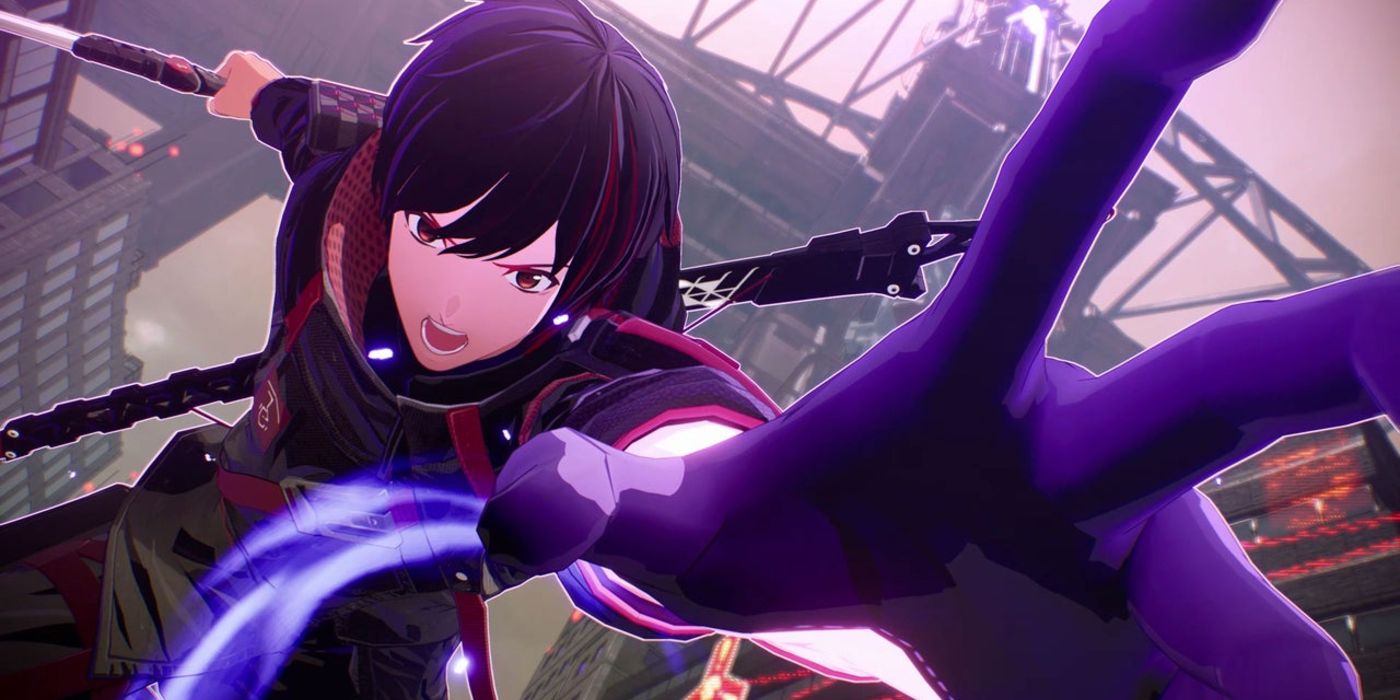
And then there are the crazy environmental interactables that you can use, like grabbing a train with your mind and causing it to crash through a crowd of enemies, taking them all out in a single go. The result of the ease of transition between the two is a really exciting and smooth mix of long-range and close-range combat.


At any point of a weapon combo, you can press the right trigger to immediately hop back and throw an object, then follow that with a weapon attack that brings you right back into melee range. What really makes Scarlet Nexus’s combat stand out is how the telekinetic moves flow with the weapon-based attacks. Sometimes the interactions in these bond episodes are outright hostile, but the important thing is that you always learn something about the character and why they act the way they do, or something that better explains the actions they just took in the main story. This is nothing super new to fans of the Mass Effect or Persona series, but what’s interesting about the way it’s handled here in Scarlet Nexus is that the bond episodes are very often tied to what’s happening in the main story, are entirely different depending on which campaign you’re playing, and are not always about improving a relationship. After most big missions, you’re brought back to your hideout for a “stand-by phase” that gives you an opportunity to converse with your teammates, give them gifts (which they amusingly occasionally play with,) and trigger “bond episodes” that allow you to increase your bond level with each one.

While the overarching story is great, what really makes Scarlet Nexus special is the amount of care taken to develop its large supporting cast of eight characters who join Yuito and Kasane’s parties.


 0 kommentar(er)
0 kommentar(er)
